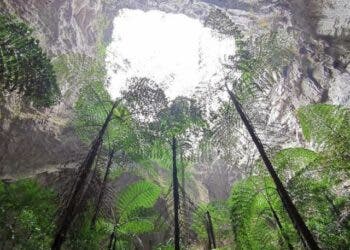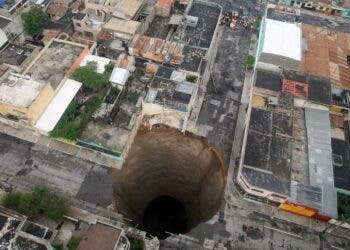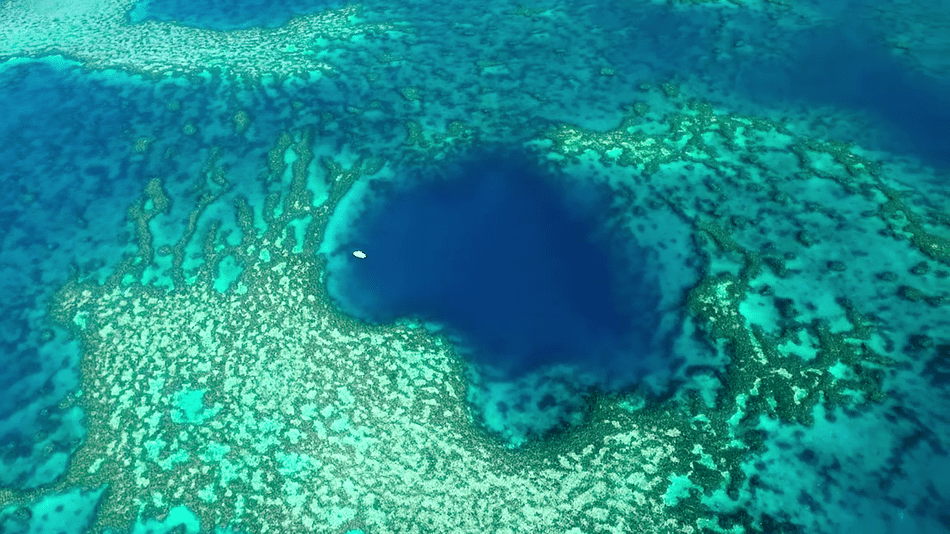A massive sinkhole around 100 feet (30 meters) wide opened up in an Illinois park on June 27. It swallowed a light pole and a big chunk of ground but thankfully, there was no one on the ground to get injured. The event was captured by a security camera.
The sinkhole opened up in Alton, Illinois, around 18 miles (30 km) north of St. Louis.
“No one was on the field at the time and no one was hurt, and that’s the most important thing,” said Alton’s mayor, David Goins, in a post on Facebook.
Usually, when sinkholes happen, it’s a natural phenomenon. However, sinkholes can also be formed by human activities. Natural sinkholes are typically the result of geological processes, while anthropogenic sinkholes arise from activities such as mining, drilling, and groundwater extraction.
The Alton Parks and Recreation Director Michael Haynes told NBC News that the event was likely caused by a nearby mine.
“It was surreal,” Haynes told the station. “Kind of like a movie where the ground just falls out from underneath you.” He also told CBS affiliate KMOV that the collapse may be linked to a nearby mine.
“The mines have been here and in this area for decades and decades,” Haynes said. “It’s never been brought up before so I’m told it’s an anomaly. We’ll wait until the investigation is complete.”
Illinois-based New Frontier Materials, that operates a nearby limestone mine, said it is conducting an investigation to assess why the collapse happened.
“Safety is our top priority. We will work with the city to remediate this issue as quickly and safely as possible to ensure minimal impact on the community,” a company spokesperson told NBC.
How sinkholes form

Sinkholes usually form through the dissolution of soluble rocks, such as limestone, gypsum, and salt. This process, known as chemical weathering, occurs over thousands or even millions of years. Water, often slightly acidic, seeps into the ground, dissolving the bedrock and creating underground voids. When the voids become large enough, the overlying ground no longer has support for its weight, leading to a collapse.
Although this process is usually fairly slow, the collapse can be sudden. The point is you don’t see what’s happening underground, you only see the collapse when it happens.
Human activities can accelerate sinkhole formation. Groundwater extraction, mining, and construction can alter the natural balance of underground water flow and pressure. For example, excessive pumping of groundwater can lower the water table, causing the ground to settle and potentially leading to a sinkhole. Similarly, mining activities that remove large volumes of earth can create voids that may eventually collapse.
Sinkholes are very unpredictable. There’s no large-scale database of sinkhole collapses. Limestone-rich areas (notably, Florida) are particularly prone to sinkhole development. The best we can do is to learn as much as we can.







